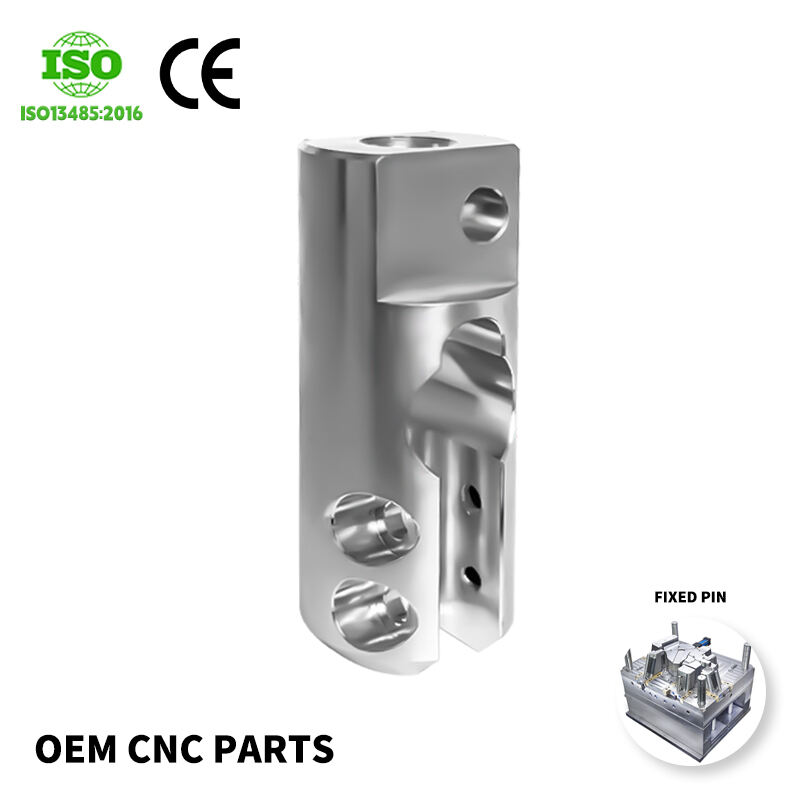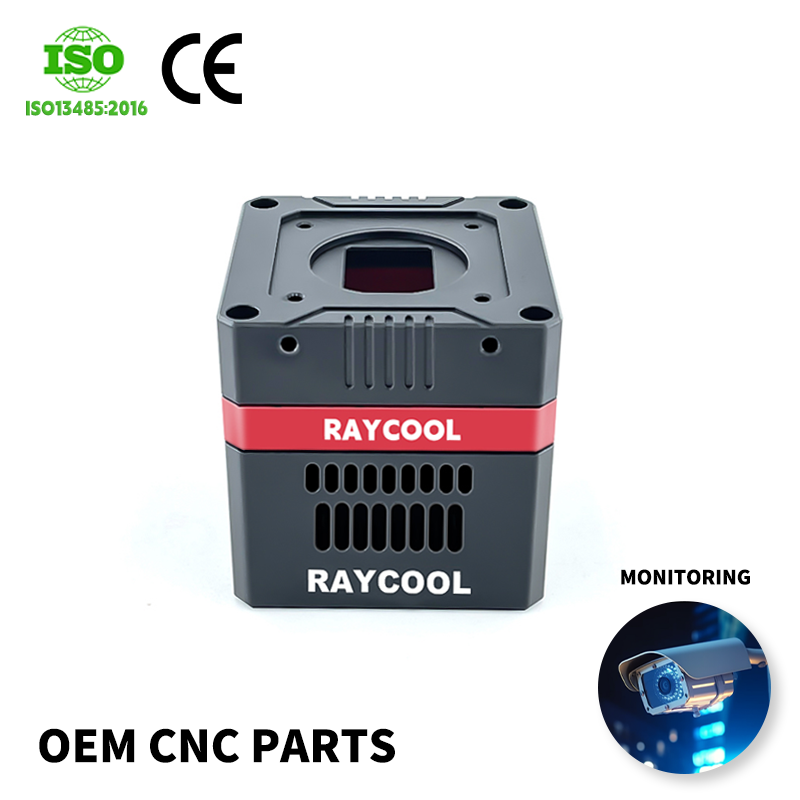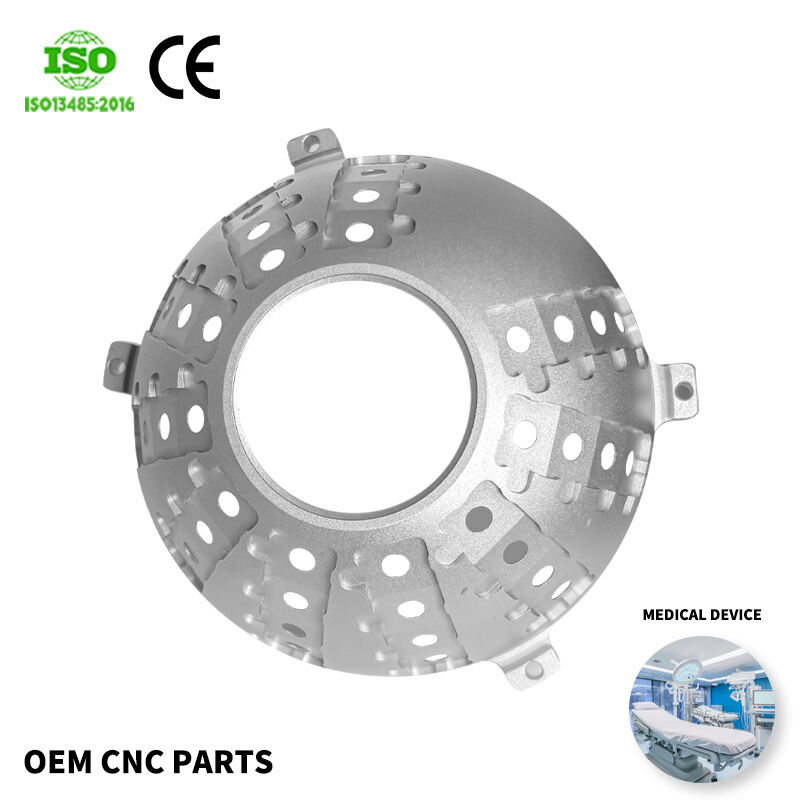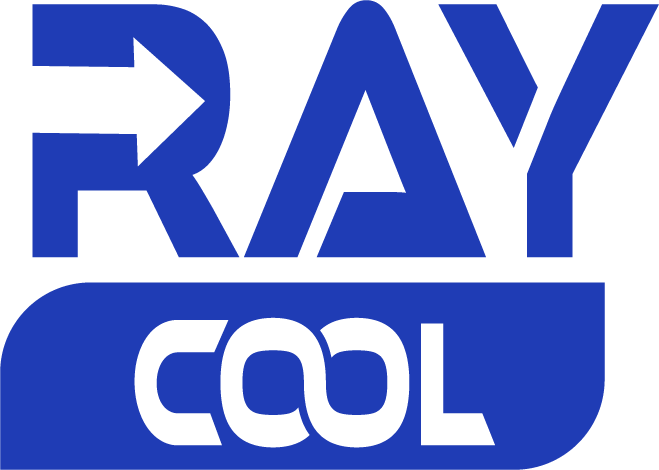metal robot parts
Metal robot parts represent the foundation of modern robotics, combining durability with precision engineering to create reliable automated systems. These components are carefully manufactured using high-grade metals such as aluminum, steel, and titanium, ensuring optimal performance in various industrial and commercial applications. The parts encompass a wide range of elements, from structural frameworks and joint mechanisms to specialized end-effectors and protective casings. Each component undergoes rigorous quality control processes, including stress testing and dimensional verification, to maintain consistent performance standards. The parts are designed with modular compatibility in mind, allowing for easy integration into existing robotic systems or the creation of new ones. Advanced surface treatments and coatings protect against wear, corrosion, and environmental factors, significantly extending the operational lifespan of the components. These metal robot parts are engineered to precise specifications, often incorporating features that facilitate maintenance and upgrades, making them ideal for both current applications and future adaptations. The versatility of these components enables their use across multiple industries, from manufacturing and assembly lines to research laboratories and educational institutions.



